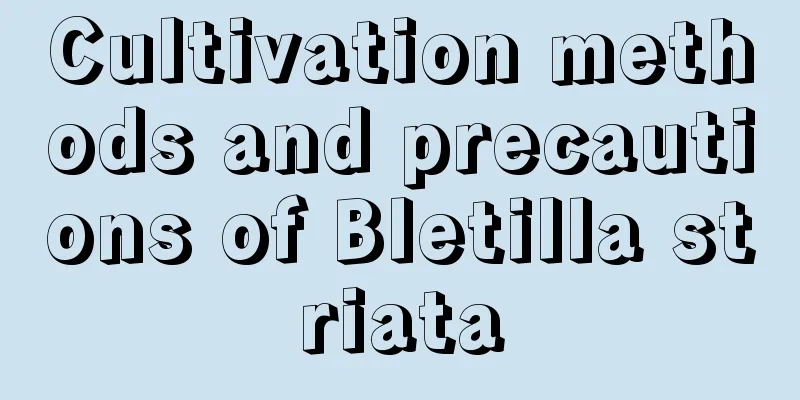How to grow potted grape trees, how to grow potted grapes

1. Potting soilWhen planting grape vines in pots, pay attention to the choice of potting soil, which should be fertile, loose and rich in organic matter. You can prepare the soil yourself by mixing it with leaf mold, sand, garden soil or peat soil, and then add an appropriate amount of decomposed organic fertilizer. 2. TemperatureIt has low temperature requirements and can be met by placing it outdoors in a well-ventilated environment during the growing season. What needs attention is the low temperature environment in winter. When the temperature drops in winter, it should be placed indoors, and it is best to keep the temperature between 0-5 degrees. It should not be too high, otherwise the buds will germinate prematurely, which is not conducive to later growth. 3. HumidityDuring management, water frequently to keep the soil moist. However, pay attention to the amount of watering. Do not overdo it and do not allow water to accumulate in the soil to avoid root rot. If there are continuous rainy days, you should take shelter from the rain and drain the water in time. In addition, after the growth stops in winter, you should water it regularly, once a week will be enough. 4. LightingIt is a light-loving plant and needs to be placed in the light during the growing season to allow it to get more sun. Sufficient light can encourage it to accumulate nutrients and allow the fruit to better color. But you should avoid the scorching sun in summer and not expose it to excessive sunlight, otherwise the leaves will easily be burned. 5. FertilizationIt requires a relatively large amount of fertilizer, and needs to be supplemented with fertilizer every half a month during the growing season. The specific type of fertilizer should be determined according to the growth stage. The requirements for fertilizer are different during the branch and leaf germination period, before and after flowering, and during the fruit growth period. The fertilizer type must be adjusted in time to ensure the quality of the fruit. |
<<: Cultivation technology and processing of Pinellia ternata
>>: Cultivation Technology and Management of Salvia miltiorrhiza
Recommend
How to maintain the good growth of Hongyun Dangtou
Growing conditions of Hongyun Dangtou When caring...
How many years does it take for golden beans to bear fruit?
Introduction to growing golden beans Golden beans...
How to prune Daphne koreana
1. Is this plant durable? We should understand th...
This "flower" at the doorstep only blooms for 3 hours. Many people have only heard of it but never seen it.
Don’t panic, Huahua is not here to talk to you ab...
Do irises prefer shade or sun?
Do irises prefer shade or sun? Iris is very easy ...
How to trim the roots of leeks after transplanting
When is the right time to prune the roots of leek...
Cultivation methods and precautions of the big dragon beard tree
The dragon beard tree is an ornamental potted pla...
How to plant purple jasmine seeds
Seed collection If you want to grow beautiful pur...
Gardenia turns yellow and buds fall off without blooming. Here is one step to make the gardenia bloom immediately.
Gardenia What should I do if the leaves turn yell...
How to grow sunflowers
Sunflower Growing Conditions Sunflowers have a sh...
Fertilization and watering requirements for lily of the valley
1. Fertilization requirements 1. Different period...
What is the role of freesia
Growth habits of freesia Freesia is native to sou...
Reasons and solutions for the failure of Jade Plant to bloom
Jade plant is a popular succulent plant known for...
What month is suitable for planting cherries?
When to plant cherries The best time to plant che...
Greenhouse planting technology of snow peas
Snow peas are a vegetable that is in great demand...









